TABLE OF CONTENTS
Does cannabis grow better in sunlight or artificial light? The longstanding debate continues to rage about whether indoor controlled-environment cannabis lighting or outdoor cannabis using natural sunlight is better.
Each camp has its firm and devoted legions that have already made up their minds. The question is: Which one is right for you?
Fortunately, there’s room for both cultivation methods in today’s cannabis space, and one method is unlikely to replace the other. Both types of lighting can provide excellent results. Generally, sunlight is preferred for better cannabis plant growth.
Cannabis requires full sun or artificial radiation to thrive—it’s not a plant that enjoys a lot of shade. It soaks up the rays and grows at a fast rate. Both natural sunlight and artificial grow lights have their pros and cons.
Each is superior to the other in specific ways. Let’s break these down and shine a light on which method will suit your needs best, if that’s an option in your home state.
Why Light Is So Important In Cannabis Cultivation
If you want to have a successful cannabis harvest, you must understand how lights affect the growth of your plants. The right type of lighting can improve your marijuana yield, potency, flavor, and aroma. In particular, the light intensity, light quality, and photoperiod affect how well your plants thrive in their environment.
During different stages of its growth, the cannabis plant requires the production of certain types of chlorophyll. Chlorophyll is a compound that helps convert light into energy that stimulates plant growth. The energy they create helps plants absorb water, nutrients, and carbon dioxide from the environment for proper root, foliage, and bud growth.
Sunlight, in particular, contains the full spectrum of light wavelengths for every type of chlorophyll. During the plant’s vegetative stage, blue wavelengths help stimulate foliage growth. During its flowering period, red wavelengths promote bud production.
Plants that do not get enough light can become stressed and will start to show negative physical signs. For instance, plants may start to turn yellow. In addition, its leaves may begin to drop or its foliage or bud growth can slow down.
Choosing the right type of light and knowing when to use it can significantly affect the way your plants grow. Whether you choose to grow indoors or outdoors, you must consider different factors to handle each light source’s characteristics.
Natural Sunlight
There’s no replacement for Mother Nature. Sunlight has served the needs of our planet for millennia and shows no signs of letting up anytime soon. Since the cannabis plant does its best with 10 to 12 hours of direct sunlight per dayduring its flowering period, it soaks up a tremendous amount of solar energy. Some growers have had success with considerably less hours of direct sunlight per day, but this is not ideal.
Access to full, unfiltered sunlight should be the goal of all outdoor growers. Sunlight also has the advantage over artificial lighting on operational costs since it’s free—and nothing is cheaper than free. Because the sun uses less energy than artificial lights, using sunlight reduces the carbon footprint of your garden.
Because cannabis enjoys direct sunlight to grow to its full potential, prolonged periods of shade are undesirable. Commercial cultivators will want a cleared, open field for their gardens. A private grower may face more challenges in this area, because unobstructed, 180-degree sunlight can be difficult to provide in a home environment unless the grower has flat roof access or a very large yard.
In the Northern Hemisphere, the sun sits in the southern sky. Summer sun—the primary growing season for cannabis—provides advantages because the sun is higher in the sky than other times of the year and the daylight periods are longer. The equatorial sun always stays directly overhead and its shadows never grow longer, which is why these areas are well-suited for cannabis.
Growers in the U.S. should set up their gardens on south-facing areas for full sun access. Sloped terrain can provide advantages because the cultivator can create a tiered arrangement with rows of plants that have a superior angle for sunlight—as close to the equatorial sun as possible in the Northern Hemisphere. Avoid north-facing cultivation sites, because more shadows will result, and this is less beneficial for plants.
The sun provides plants with natural full-spectrum lighting that artificial lights try to mimic. The solar radiation that plants rely on for growth is ultra-violet (UV) illumination, a combination of UVA and UVB rays.
Plants use and benefit the most from the longer UVA rays. Grow lights do a good job replicating the full-spectrum lighting of the sun for indoor grows. Although it’s difficult to improve on nature, it’s much easier to control grow lights than outdoor sunlight.
The Uncontrolled Growing Environment
When growing outdoors, growers have to account for the natural elements and their region’s unique climate. Sunlight can get blocked out by clouds, causing prolonged periods of darkness, which is less-than-ideal for cannabis. The outdoor growing environment that relies on the sun can also experience periods of heavy wind, rain, snow, and hail, all of which can damage plants if they are not protected by a greenhouse.
Pests can be another problem outdoors. Deer, rodents, and other animals have been known to eat and damage cannabis, which can have a devastating effect on your crop. Insects can be an even greater problem. Some insects and their larvae will decimate lush cannabis flowers to the point that they’re seriously damaged and nearly useless for human use.
When growing outdoors, growers must consider the seasons since daylight can increase or decrease depending on the time of the year. In the summer, daylight is longer, while in the winter, the natural light isn’t as available. This downside of natural sunlight prevents growers from growing year-round.
These types of uncontrollable variables with outdoor, sunlight-dependent cannabis gardens are part of the risk factors that make some growers opt for indoor cultivation using artificial illumination, regardless of the increased energy costs.
Grow Lights
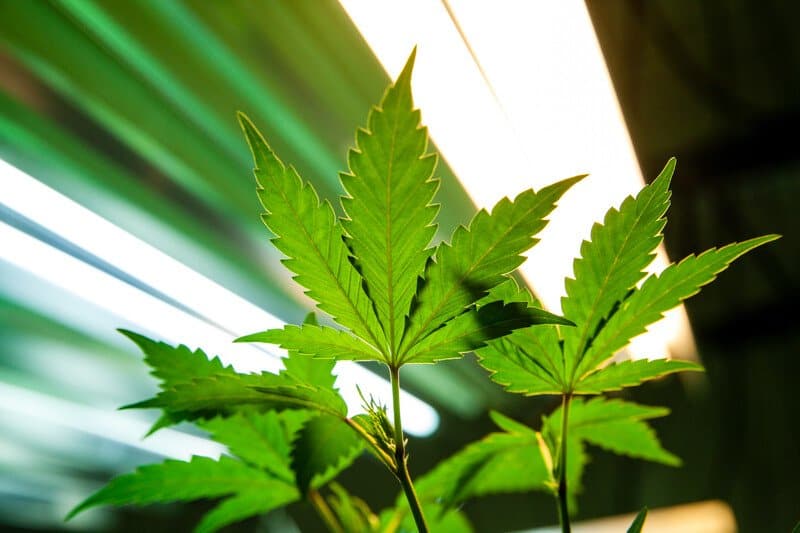
Plants grown indoors using grow lights must rely on man-made full-spectrum lighting. The most common types of lights used for this purpose are compact fluorescent lights (CFL), high-intensity discharge (HID) such as high-pressure sodium (HPS) and metal halide (MH) bulbs, and light-emitting diode (LED) lights.
Each type of light can be used throughout every stage of the cannabis growing process, but some can provide better results than others.
CFL
Compact fluorescent lights are affordable, accessible, and popular alternatives to the more expensive HID and LED lights. In addition, CFL lights are great for small space gardens, run cooler than other options, and don’t require as much ventilation to maintain the optimal temperature in your garden.
However, CFLs aren’t entirely equipped for the entire life cycle of the plant. Generally, they emit a lot of the blue light wavelength. That is great during the vegetative growth period. During the flowering period, they do not provide enough of the red hues.
HID
Metal halide lights emit a whiter light than high-pressure sodium lights and have a long history of use with cannabis. By today’s standards, they are inferior to high-pressure sodium, but they still have applications for cannabis cultivation, especially with young seedlings and young plants in the vegetative stage that are developing root structureand don’t need as strong of a light source.
High-pressure sodium lights emit yellowish orange rays. This type of lighting does an excellent job growing indoor cannabis, particularly during the flowering stage. High-pressure sodium lights are the variety of light that most cannabis cultivators know and love. They are in wide use today in both private home gardens and large commercial growing facilities.
LED
Light-emitting diode lights are relative newcomers to the world of indoor cannabis cultivation. These energy-efficient lights are quickly gaining in popularity among home and commercial growers.
While LEDs are more expensive to buy than other grow lights, improvements in manufacturing caused prices to come down. Although they initially cost more, LEDs last longer and they use less electricity so they are less expensive to use over the duration of their life compared to other bulbs.
In addition, LED lights run cooler than their alternatives and are safer to use on cannabis plants because they do not get nearly as hot as other bulbs. In addition, LEDs do not require as much ventilation consideration due to their cooling capabilities. These factors have caused LED lights to become increasingly popular.
Choosing the Right Artificial Light Source
These popular indoor cultivation lights come in a variety of wattages and designs. The reflective light hoods used to maximize their effectiveness vary tremendously. These hoods are designed to direct the light back onto the plant’s canopy. Some hood options have a vertical, domed look, while others have a flatter, horizontal appearance.
The most popular wattages are 200, 400, 600, and 1000 watts, although other sizes are widely available, depending on your garden needs. The lower wattages are used mostly by home growers, while the larger 1000-watt and higher wattage lights are favored by commercial growers. The electrical output and limitations of the power source must be compatible with the lights used.
For more information about CFL, HID, and LED lights, check out our blog resource on choosing the best grow light for weed.
The Controlled Growing Environment
One of the big advantages with grow lights and the indoor growing environment is that the grower can control a variety of factors in his or her artificial environment. Not only can the intensity and distance of the light be manipulated, but the temperature and humidity can as well. The indoor grower can also provide supplemental CO2, which is impractical and ineffective outdoors.
The controlled indoor environment is also free of risks from pests and harsh weather. No animals or inclement weather will adversely affect the grow and harvest, which is common outdoors. Light intensity and duration stays constant throughout the entire growing period with the right automated tools.
One of the biggest advantages of using artificial lights is the ability to grow cannabis all year long. Unlike outdoor growing, growers aren't dependent on the changing seasons. Artificial light can provide full-spectrum lighting even in the darkest and coldest months.
In an indoor growing environment, however, you must consider how much light your cannabis plants get. Lighting requirements depend on the stage of growth your plant is in. During its vegetative stage, cannabis plants need at least 18 hours of light per day and 6 hours of darkness. During its flowering stage, plants need at least 12 hours of light per day and 12 hours of darkness.
Another downside of artificial lighting is the cost of buying and replacing equipment, as well as paying for the energy use. While there are budget-friendly ways to use grow lights, they are still more costly than growing naturally outdoors.
Greenhouses: The Best of Both Worlds?
Utilizing greenhouses for cannabis cultivation is becoming increasingly popular among home and commercial growers. There are many reasons why this cultivation environment makes sense and has unique benefits. Cannabis growers can benefit from the best of both indoor and outdoor cultivation environments when using a greenhouse.
“
There are over 300,000 jobs in the cannabis industry. CTU trained me for one of them!

Makes $24.50 @ THC +
Greenhouses allow growers to benefit from the sun’s natural (and free) light.In addition, cannabis plants can thrive in a protected environment that isn't as vulnerable to the whims of the natural elements (temperature, humidity, pests, etc).
In a greenhouse, humidity is easy to control and supplement if necessary.dditional artificial lights can ensure daylight conditions occur when desired year-round. Black-out tarps provide a means for creating nighttime conditions whenever desired. There are many reasons why greenhouses make sense for both home and commercial grows.
Regardless of whether you use a greenhouse, grow outdoors and reap the rewards of natural sunlight, or grow indoors and enjoy the peace of mind of a climate-controlled environment, there’s a cultivation method that’s bound to suit your needs. The choice is yours!
Learn More on Does Cannabis Grow Better in Sunlight or Artificial Light at CTU Online
There is much more to learn about the growing of this amazing and therapeutic plant. Whether you’re growing indoors or outdoors, the right type of cannabis education can help you optimize your garden to achieve high yields.
If you’re interested in growing high-quality cannabis in any environment, you can learn all about the process at the world’s leading cannabis college, Cannabis Training University.
Sign up at CTU today to get started!

Luis Cordova
Luis Cordova is a distinguished author, and renowned expert in cannabis cultivation, who possesses a Master's degree in Plant Biotechnology and Pharmaceutical Science. As a valued contributor to highly esteemed publications such as Cannabis Training University and Maximum Yield Magazine, Luis has emerged as a trusted source of guidance and knowledge in the cannabis industry. Having written thousands of informative articles, Luis is widely recognized for his comprehensive expertise on cultivating cannabis, both indoors and outdoors.


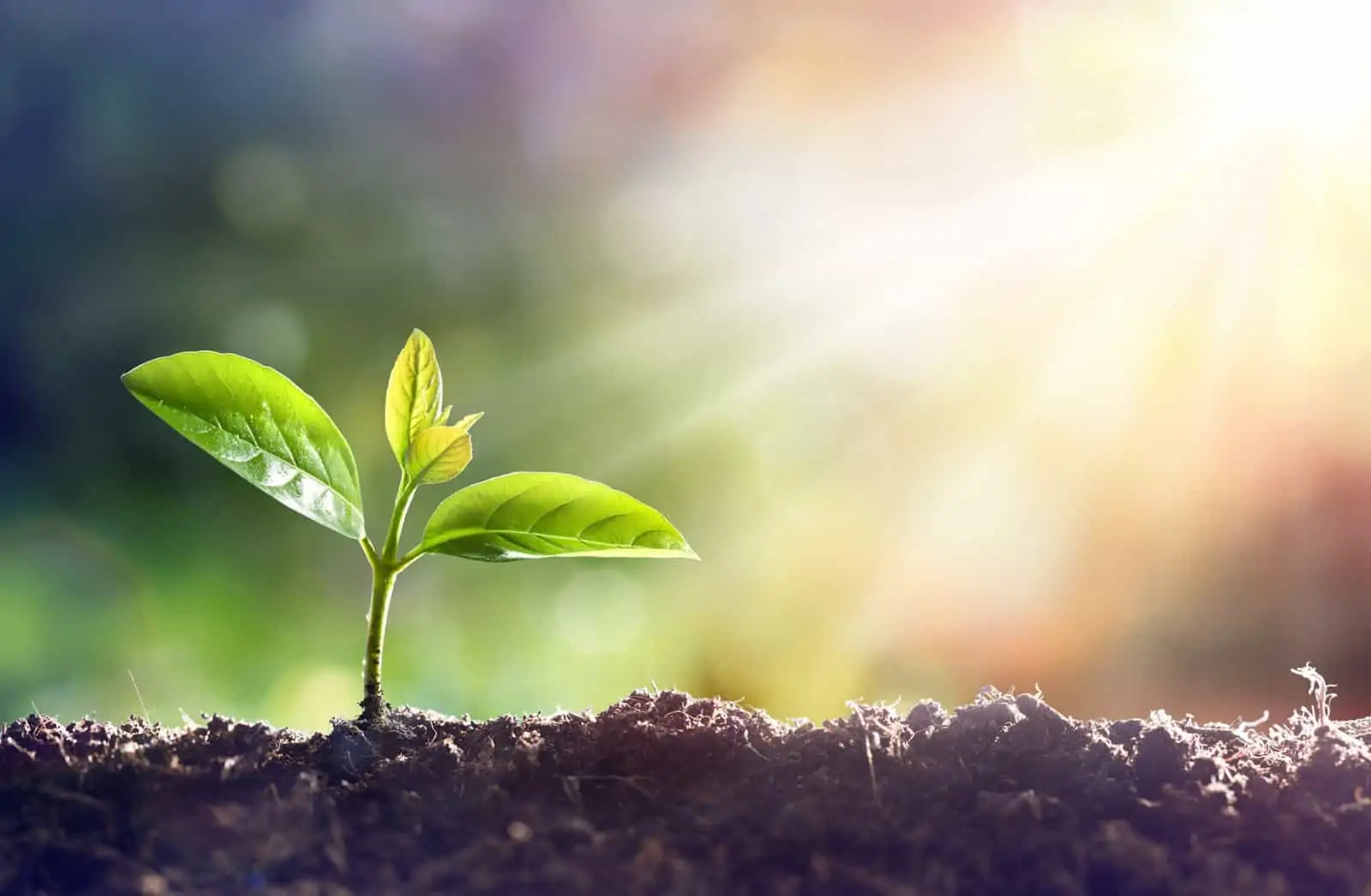



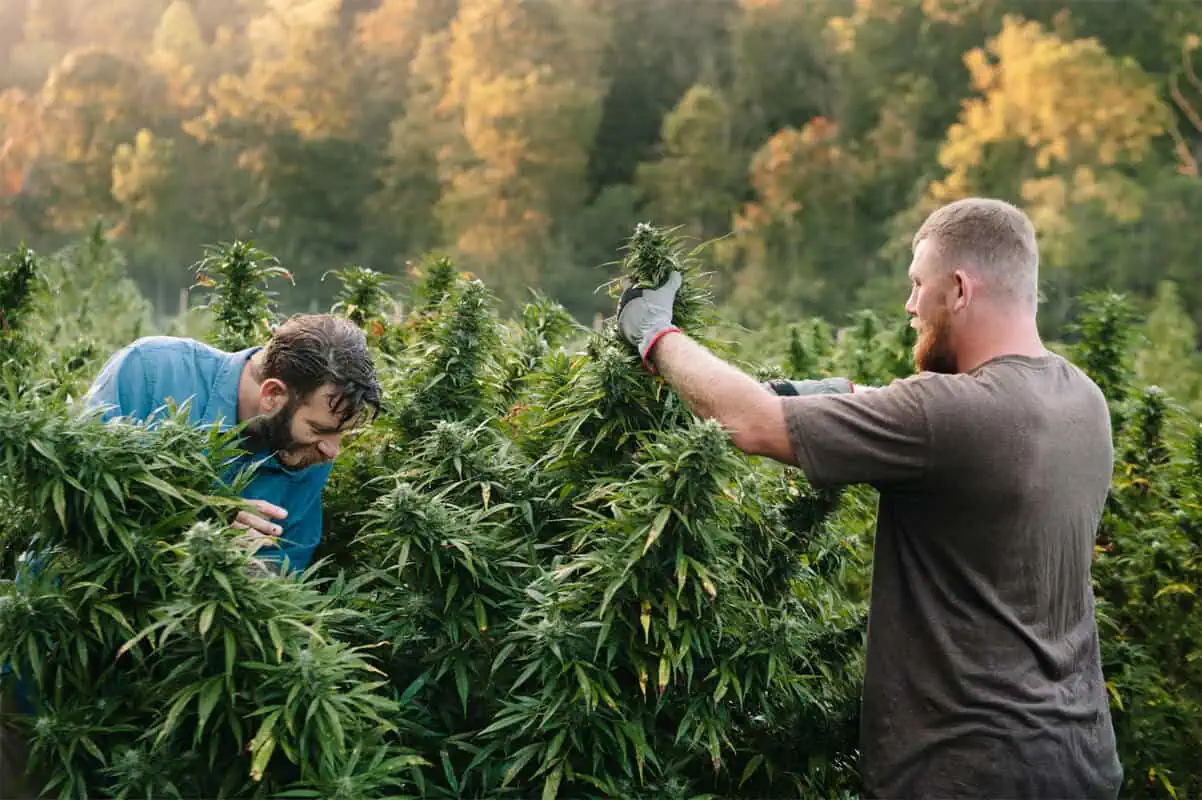
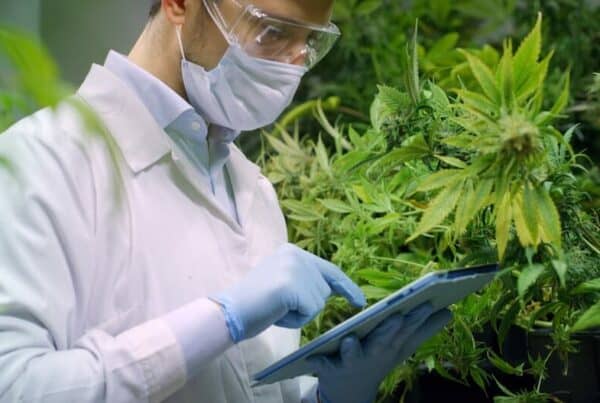

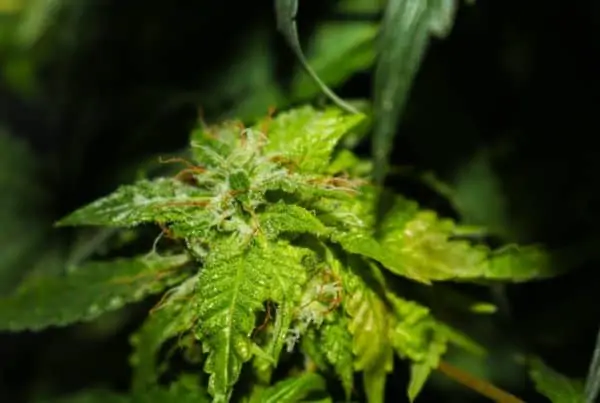


 Jeff was involved in an accident where he endured a traumatic brain injury. He had a week-long stay in ICU where brain surgeons
Jeff was involved in an accident where he endured a traumatic brain injury. He had a week-long stay in ICU where brain surgeons  100% risk free money back guarantee within 48 hours after purchase if student has not completed any of the courses or exams.
100% risk free money back guarantee within 48 hours after purchase if student has not completed any of the courses or exams.